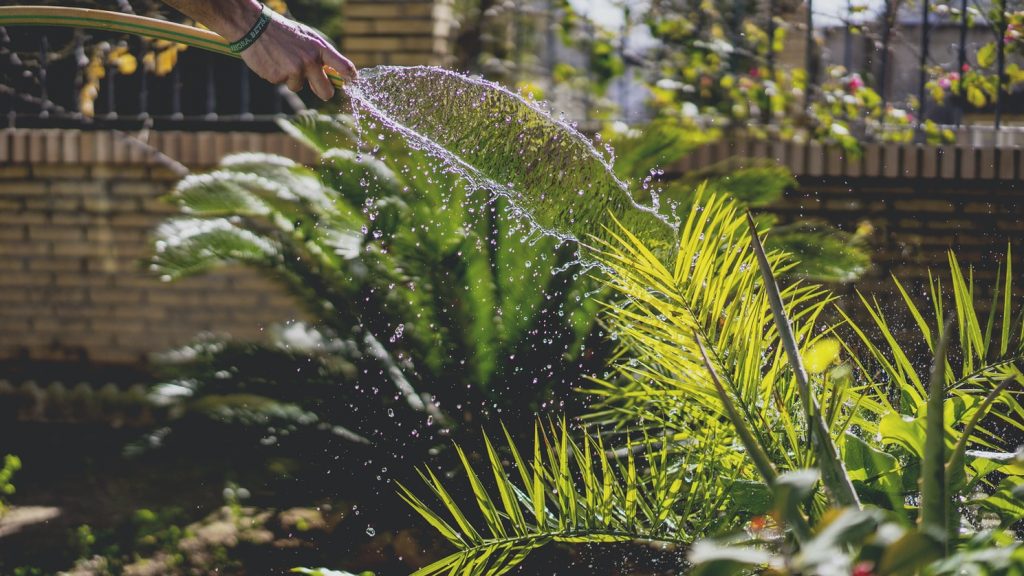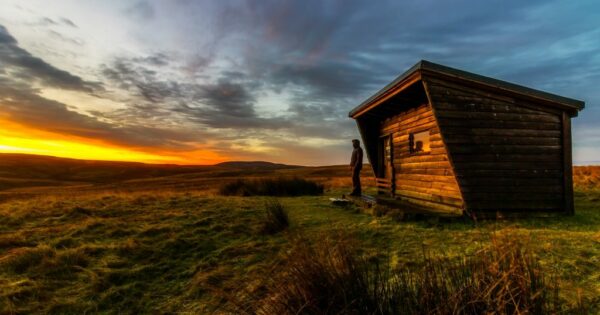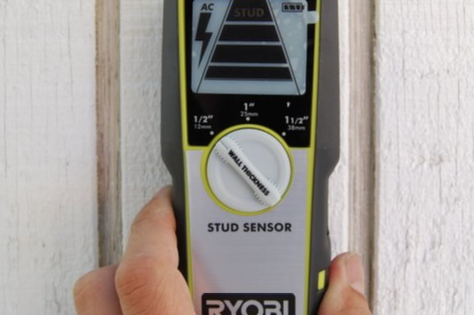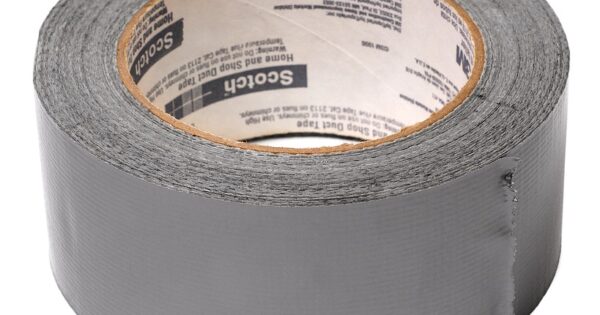Earth may be the Blue Planet, but freshwater, of all things, is getting scarce. In the U.S., stretches of the Colorado River are drying up, and Lake Mead in Arizona is shrinking before our eyes. So let’s say that you’re a gardening aficionado, but you’re also concerned about conserving water. This article will apply differently depending on where you call home, since precipitation levels vary across the U.S. Southern California is the most drought prone, while the Southeast is the country’s wettest zone. Still, some cities there, like Atlanta, are on track to tap its water supply. Here are some do-it-yourself tips for implementing eco-friendly water maintenance to make your yard as beautiful as possible.
Start With the Lawn
Gardening smart involves watering wisely, which means improving your lawn’s roots to protect it against drought and let it absorb as much water as possible. So feed your lawn two to four times a year, using any variety of turf builders, to thicken its density. Also, set your mower to the right height so that the blade doesn’t scalp the grass down to the soil. Depending on where you live, you’ll either rely on rainfall to liven up the greenness of your yard, or set up an irrigation system to nourish it regularly.
Irrigation System
On that note, consider setting up a smart watering system. An automatic rain shut-off device will put you back about $200, and it has a controller that switches off when a certain amount of rain has fallen. Or aim to eliminate any leaks you find in your hoses, water emitters, or outdoor faucets. That sounds like a trivial project, but it adds up to a sizable financial win. According to EPA data, a 1/32” diameter leak can result in more than 6,000 gallons of wasted water per year. And perhaps the most time-tested option is to set up a rain barrel. So hook up the downspouts of your gutters into a barrel so that you can have extra water for your garden.
Xeriscaping
Xeros means “dry” in Greek, and scape is “view.” Put those together, and what do you get? “Xeriscaping,” a sustainable landscaping technique that uses drought-resistant plants native to the area. You’re not limited to planting only cacti and succulents. Instead, this horticultural philosophy offers strategies to prevent you from overwatering (and hence killing) your garden, and stresses arranging your plants in such a way to maximize water use. Specifically, this means improving your soil, using a drip irrigation system, mapping out your garden beforehand, and adding in some elements like stones and rocks to complete the look.
Other Tips and Tools You’ll Need
Maybe since more of us are becoming aware of eco-friendly landscaping, the full list of pro tips on how you can conserve water is extensive:
- Arrange your plants into shade gardens, to shield them from the blare of the sun.
- Position your sprinklers so that they only spray the greenery, not the driveway or other paved areas.
- Pat down a layer of mulch around shrubs and trees (which attracts earthworms to till up the soil and helps plants retain moisture).
Also, make sure you’ve stocked up on a full inventory of gardening tools. These might include a hose, sprinklers, or even the right gloves. While it may not seem important, gardening with wet hands that soak down your wrists and arms can make you uncomfortable and less likely to jump back into the yard the next day.
In recent years, the government has ranked clean water scarcity as a major national concern. So we’ve all got to do our part to live in a more eco-friendly way. Gardeners, fear not: You can still hose your plants. Just be sure to be smart about it in order to keep our water cycle turning and turning.
Image via Unsplash






